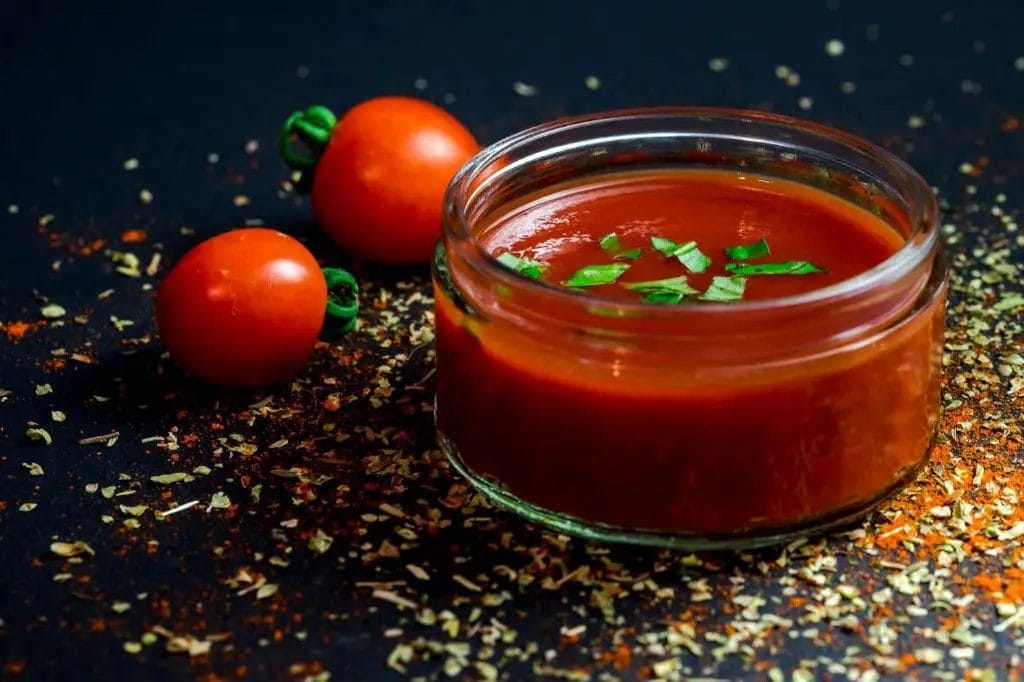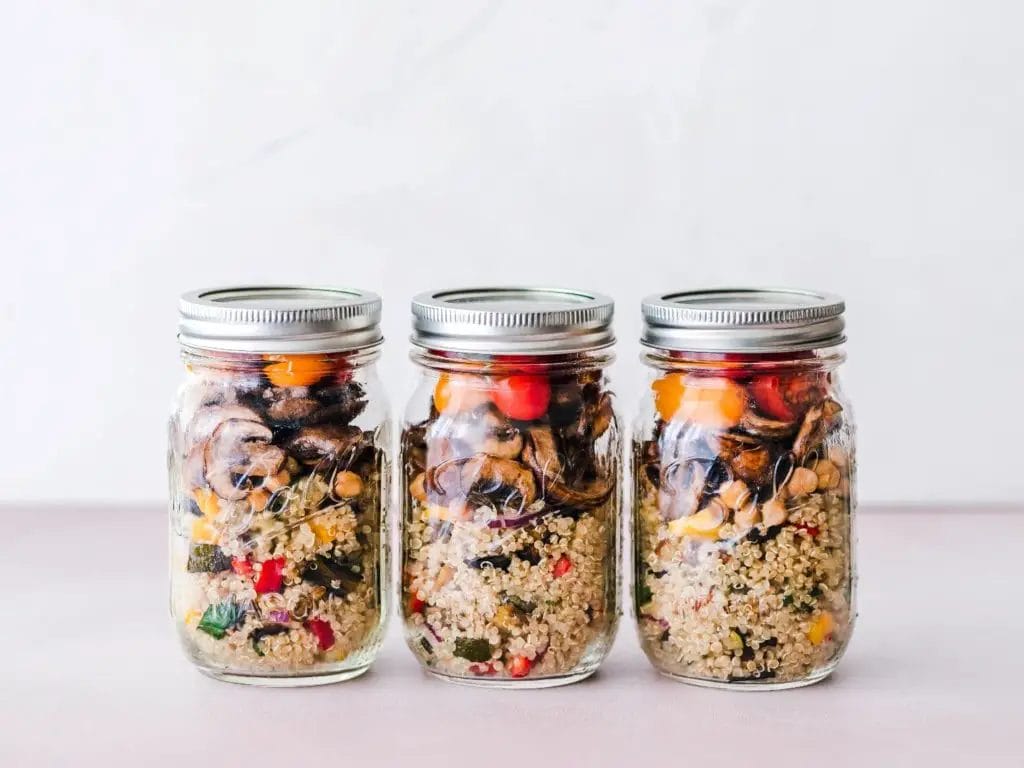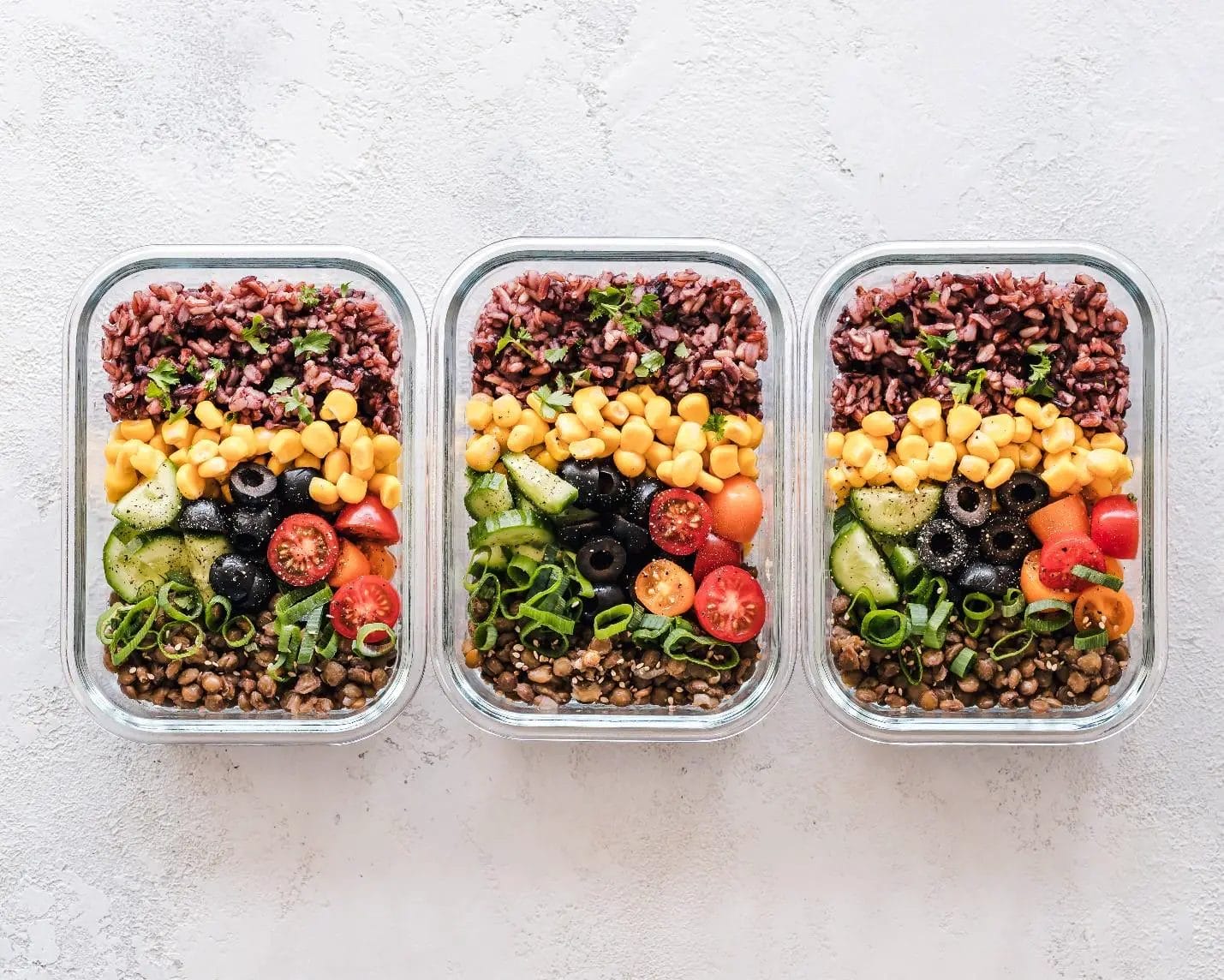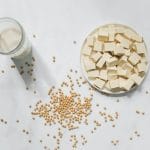The organic food industry has been the biggest promoter of glass containers, announcing their eco-friendliness and ability to preserve food better. They also claim that glass is better in terms of lengthening the shelf life of products and that it is sustainable compared to plastic containers.
They aren’t entirely wrong.
Glass containers, if recycled properly, are certainly a better choice for our environment, and the fact that their aesthetic appeal is much higher than plastic containers wins them additional points. Although glass seems an excellent packing material, that does not mean it is perfect. When making an important decision like choosing a preferred packaging material, it is essential to weigh the pros and cons of that material first.
Continue reading to make the right packaging decision by comparing the advantages and disadvantages of using glass containers.
Pros of Glass Containers
Glass jars and bottles are a common packaging material for storing everything from wine to perfumes to cold drinks. Glass containers have a lot of advantages over plastic ones. Let’s discuss them one by one.
1. Glass is Recyclable
Once you’ve licked that Nutella jar clean, what can you do with it? Wash and reuse it as:
- A candy jar
- A container to store small-sized bits and bobs
- A gift box – fill it with little gifts, chocolates, etc.
- A décor piece – paint and decorate it as you like
- Storage jar for Legos, beads, pearls, or other items from your craft table
- A pen holder
- A Mason jar – drill a hole in the lid, insert a straw and enjoy a drink!
Compared to plastics, a glass container is fully recyclable. Even though a plastic container could be used for everything mentioned above, it will lose its material integrity while being repurposed into a new item. This is not the case with glass containers which are more environmentally-friendly and can be used repeatedly and for multiple purposes. 80% of the glass that makes its way to the recycling bin is converted into new glass products. It takes only a month for a glass container to go through a complete recycling process and be turned into an entirely new glass product.
2. Glass Containers Offer a Luxurious Experience
Glass products equate a feeling of class and luxury for guests and customers. Enjoying the same beverage in a glass container vs. a plastic container are two distinct experiences. Imagine the cold, smooth surface of a wine glass and the squishy and easy-to-crinkle surface of a plastic cup; given a choice to select one, which one would you opt for? There’s a subconscious school of thought that glass is better because it has been the preferred packaging material for centuries.
3. Glass Containers Prolong the Shelf Life of Food Items
Glass containers used for food packaging have been granted the FDA status “GRAS”– the highest safety standard. The reason why glass is chosen for storing food, beverages, perfumes, and other items of the same nature is because of its high impermeability rate.
Glass doesn’t react with the stored products, nor does it leach any contaminants into the edible goods. This increases their shelf life and keeps them tasting fresh for longer. The flavor, scent, and carbonation of the stored products remain unchanged when using glass containers due to their impermeable quality. Glass bottles act as optimal storage choices for perfumes, medicines, and alcoholic and soda drinks.
Unfortunately, foods stored in plastic containers are at the risk of being contaminated through leaching.

Cons of Glass Containers
Glass might seem to have plenty of advantages, but it also has its fair share of significant disadvantages. Here’s a comprehensive list of the many cons of using glass containers instead of plastic ones:
1. Glass is Fragile
Glass is strong. Yes, the heading was not miswritten. Glass is strong enough to maintain its shape and hold its contents, but it is also fragile enough to break into million pieces after being dropped from a certain height or taking a hit. A plastic container has a stronger chance of falling and surviving the impact.
Significant temperature changes can also damage the integrity of the glass; exposing the container to cold temperature immediately after filling it with a hot liquid or vice versa can cause it to shatter and spill its contents everywhere.
2. Glass Manufacturing Has a High Carbon Footprint
Glass manufacturing is high heat and energy-intensive, leaving a much larger carbon footprint when compared to plastic. So, even though glass is completely recyclable, the full impact of its carbon footprint makes it a harmful choice for the environment. It is essential to know that only 34% of all glass products make it to the recycling bins; the glass containers in the landfill can take up to a million years for a total decomposition.
3. It is Hard to Ship Glass Containers
As discussed above, glass is a highly fragile item, and this fragility translates into packing, shipping, and transit issues. Dropping a package containing glass items creates a dangerous mess that will be difficult (and dangerous) to clean. The razor-sharp shards can prove as fatal to the people handling the glass containers as to the personnel handling the products in glass manufacturing plants.
While transporting packaged products in glass containers, extra care should be taken to protect the containers and their contents. Plastic is easier to ship because many containers can be packed and shipped in one shipment compared to glass. The weight of glass containers also makes it harder to send a large shipment in one go. Hence, it is expensive to ship glass containers compared to their plastic counterparts.

4. Glass Has a High Production & Transport Cost
Not all food manufacturers have product freshness on top of their packaging agendas. Perishable foods and foods with smaller shelf lives will mostly be packaged in plastic or aluminum containers because glass manufacturing has a high cost, and it is not a practical idea to opt for a high-paying packaging option when you have affordable options available.
The energy required for glass manufacturing, the fragility of the glass itself, and the increased transportation costs can make glass containers an impractical choice. Plastic, however, poses fewer charges in terms of production and transport.
5. Additional Sealing Charges
Plastic packs and metal cans do not require additional sealants to protect the food, beverage, or perfumes inside. Glass containers, however, require additional lids, corks, caps, or covers to protect the contents from contamination.
This step is also necessary to protect the products from deliberate contamination. After adding a lid or a cap, manufacturers must tighten the seal further to protect the product from spoilage. The glass-sealing machine required to tighten the lids can also contribute to additional costs.
Last Thoughts
Weigh the pros and cons of using glass containers instead of plastic ones by referring to the discussion above. As a product manufacturer, seller, or retailer, you have to make a calculated decision before opting for the correct type of container for your products.
Even though glass containers might be the preferred choice for many vendors and manufacturers, will they prove to be the best choice for you and your products too? What is your projected budget? What kind of image do you want to project in the minds of your consumer base?
Is sustainability higher on your list of preferences compared to the packaging costs? Would you rather save money on shipping costs by ditching glass containers in favor of plastic ones? If affordability is the deciding factor in your case, you should leave the glass containers in favor of plastic packaging.
The ultimate decision is yours.







